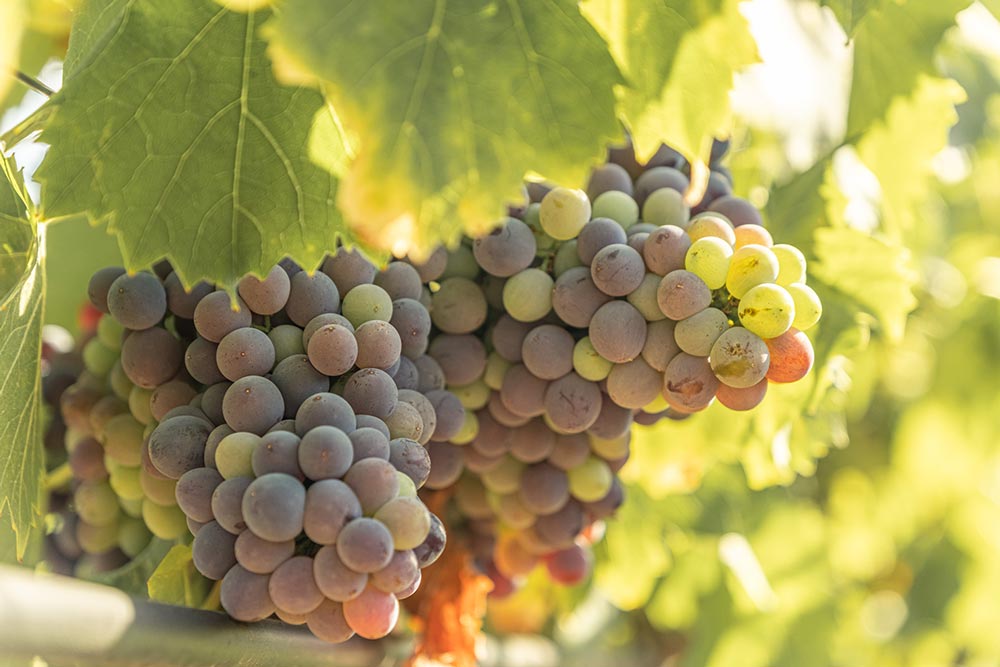A drink for all seasons
It goes without saying that some rosés are more suited than others to being drunk in the middle of winter. Provence rosé is often described as clear, light, fruity, refreshing and thirst-quenching. It would be a shame to reduce it to just that... For several years now, Provence's winegrowers have been betting on a more elaborate winter rosé than its summer counterpart. Based on cinsault, grenache and syrah, this new-style rosé has a more intense aromatic profile. This is due to grape varieties renowned for their powerful aromas and shorter maceration.
Like Champagne, rosé requires no accompaniment to be appreciated. That said, you can enhance rosé wine with a cuisine based on the spicy flavors of world cuisine. Provençal cuisine also has its part to play in standing up to iodized flavors. This is where a rosé wine reveals its full potential, to the delight of your taste buds.
At Domaine de Tamary, we are ourselves producers of Provence rosé. We strive to produce a modern rosé that preserves the aromatic richness of the Provencal roots of the La Londe terroir. Facing the sea, southwest of the Massif des Maures, our estate enjoys an exceptional location.
We produce two modern rosés here. One, Domaine de Tamary, is light and limpid, with a citrus nose, sensual and charming on the palate. The other, Esprit de Tamary, is more complex, with a pastel color and a lovely palette of flavors that underline its power.
Food and wine pairing
Delicate rosés
Our long, vertical rosés are the perfect match for land and sea dishes: shellfish or simple toasts with tapenade, fish rillettes, tomato salad or fresh cheeses. You can also find surprising combinations with vegetarian risotto, fish soup or tortillas.
Bleeding rosés
Rosés de saignée are characterized by their slightly deeper color than ordinary rosés. They are distinguished by their long finish and powerful aroma. To match a more structured wine, it's important to accompany it with rich foods.
Spicy ingredients such as chicken curry or dishes from Provence or the Orient come to mind: couscous, bourride and ratatouille go very well together.
Naturally, barbecues will be delighted to welcome an excellent rosé de saignée to enhance your grilled meats, fish and salads.
Drink a vintage rosé
In fact, rosé is not supposed to be a wine for laying down. As we know, most rosés should be drunk within 12 months of bottling. This is not the case for rosés de garde. Côtes de Provence rosés de saignée can be enjoyed on average between 1 and 5 years from vintage, to the delight of the taste buds.
Unthinkable just a few years ago, rosé is now the subject of culinary discoveries that signal its move upmarket. This strongly contradicts the image we have of the cheap, thirst-quenching rosé found at the entrance to supermarkets in summer.
Enjoy vintage rosés served between 8 and 10°C at their peak, with 2017 and 2020 both excellent vintages for a Côtes de Provence. We like to pair rosé de garde with dishes such as cep risotto, lobster bisque or monkfish à l'armoricaine.
